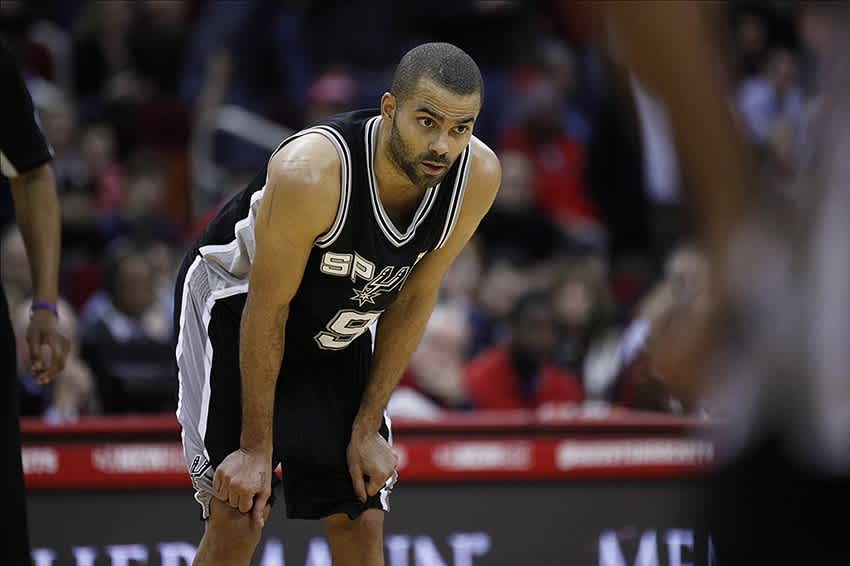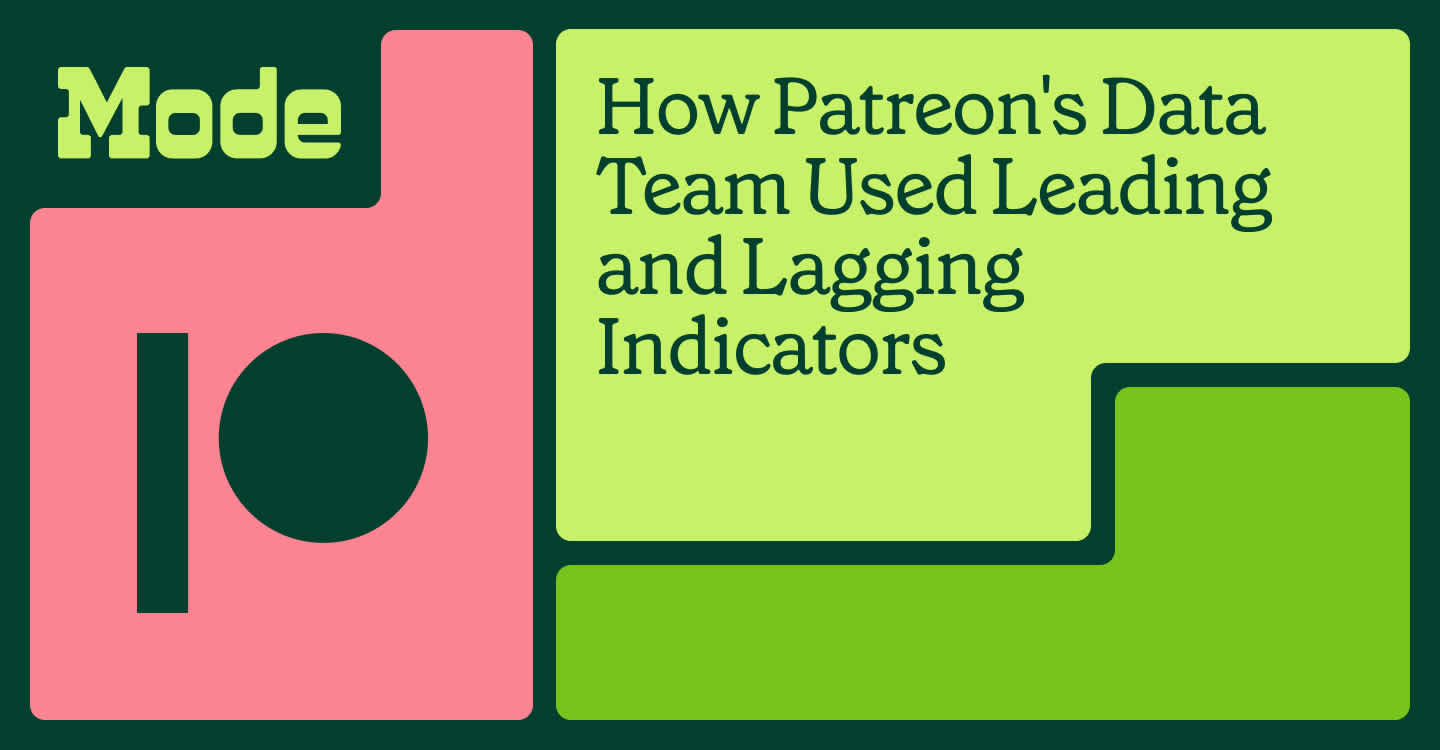We’re over ten days into this year’s NBA playoffs, and several of the opening series have made it all the way to…Game 5. The NHL playoffs, which are entering their third week but only the second round, are also in no apparent hurry.
So far, this year’s exciting playoffs are keeping critics quiet. But if tight overtime games and buzzer beaters give way to blowouts and snoozers, the annual complaints about the length of the NBA and NHL playoffs will probably resurface.
So I decided to take a detailed look. Sure, the playoffs feel long, but are they really?
Measuring playoff length isn’t actually a straightforward question. Because each league structures its playoffs differently, direct comparisons aren’t always appropriate. However, by attempting to standardize the pace and length across leagues—and by collecting data on every regular season and playoff game in the MLB, NBA, NFL, and NHL since 1970—we can draw some conclusions. The result? The problem might not be with the playoffs, but with us.
How Long Do They Take?
One obvious way to measure the length of the playoffs is by figuring out how long they take from beginning to end. The chart below shows the length of each league’s playoff since 1970. The NBA and NHL playoffs now last close to 60 days, which is considerably longer than both the MLB and NFL playoffs, and the NBA and NHL playoffs of previous decades.
Sixty days feels like a long time, but is it really? When compared to the relative length of the regular season, the NBA playoffs are again the longest. In recent years, the NBA playoffs have stretched to over a third of the length of the regular season, which is slightly longer than the NHL playoffs and nearly twice that of the MLB. It also happens to be twice as long as March Madness, which is about 15% as long as college basketball’s 114-day regular season.
Put another way, the 60 days of the NBA playoffs take up more of the year than Mondays.
The Frequency of Play
The second way to measure the playoffs is by pace. As many have said, it’s not the length of the playoffs that are a problem—it’s the downtime. The NBA playoffs are riddled with off days, which means a seven-game series often drags on for over two weeks.
The chart below shows the average pace of playoff games for all the teams that went on to win a championship in the last 40 years. Somewhat surprisingly, the rate that teams play games hasn’t changed significantly in any sport.
A few notes about this graph: First, delays from the 1989 Loma Prieta earthquake caused the MLB spike. Second, the NFL occasionally eliminated the week off before the Super Bowl, creating the downward spikes in the NFL playoffs. Finally, as a minor technical detail, pace isn’t quite defined here as the number of days in the playoffs divided by the number of games. Instead, it’s the number of days minus one, divided by the number of games minus one. To understand why, imagine than an NFL team played two games on consecutive Sundays. The pace of those games is clearly one game every seven days, not two games in eight days, or one game every four days.
A more interesting measure of pace, however, is not how pace has changed from season to season—it’s how pace changes from the regular season to the postseason.
The chart below, inspired by XKCD’s popular “Frequency” comic, illustrates the relative pace of play. Each square flashes according to how often teams in that league play games. Hover over squares to see the associated value.
As the graphic shows, the pace of games for all sports slows down. However, despite the perception of a dramatic slowdown in the NBA, the NBA’s pace only slows down by 25%. That’s slightly less of a slowdown than that of the NFL and far less than the MLB’s, which slows its pace by nearly 50%. Even in absolute terms, the NBA and NHL playoffs actually slow less than the MLB and NFL, suggesting that pace may be more of a perceived problem than a real one.
The Number of Games
Even if two months isn’t “too long” and the gaps between games don't grow as much as they seem to, the sheer volume of games might be another reason why the NBA and NHL playoffs feel like they take forever.
Since 2003, NBA and NHL teams have averaged about 85 playoff games a year. For both leagues, that’s more games than single team plays in a year. NFL teams play about three-fourths of a season in the playoffs, while MLB teams only play 20 percent.
Because professional sports' playoffs are almost always on national TV and heavily covered by the sports media, it’s possible that raw number of games in the NHL and NBA playoffs wears on fans. This effect could be amplified by the relative lack of interest in the regular season compared to the playoffs. Unlike baseball or football, basketball and hockey draw far more attention during the playoffs than during the regular season, which likely means a higher percentage of playoff viewers are marginal fans who might grow impatient during the early rounds of the playoffs. Of course, it’s also possible the relationship goes the other way, and interest in the regular season is low because fans know they have an entire season of meaningful games to watch during the playoffs. But in either case, it seems plausible that complaints about the playoffs don’t reflect a change from the sport, but a change in fanbases.
The NBA and NHL playoffs could also feel particularly long because there are so many teams in these playoffs, and so much “noise” is required to find a champion. Over the last ten years, NBA and NHL champions have averaged playing 23 games a year, or 27% of total number of playoff games. Super Bowl champions participate in an average of 33% of NFL playoff games, while World Series winners play in 45% of baseball playoff games. For casual fans—which the NBA and NHL playoffs appear to attract—the early rounds may feel like a long and unnecessary preamble to the NBA and Stanley Cup Finals.
So in the end, it’s likely not the pace of play that makes the playoffs feel sluggish. Instead, it’s likely the volume of playoffs we have to get through that’s the problem—and the fact that many of us complaining may not be committed fans in the first place.
Data
MLB game data was collected from Retrosheet. NBA, NFL, and NHL data was collected from Sports Reference. Charts were created using D3. All the analysis, complete datasets, and visualization code can be found in Mode, and is free for anyone to use, copy, and modify.






